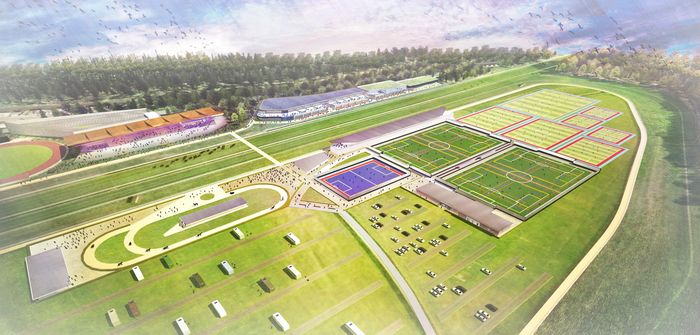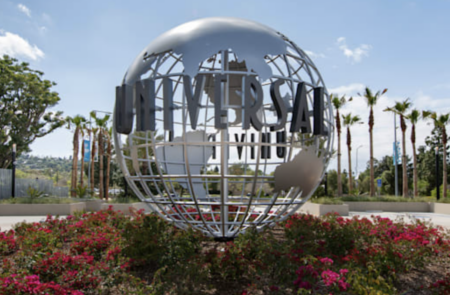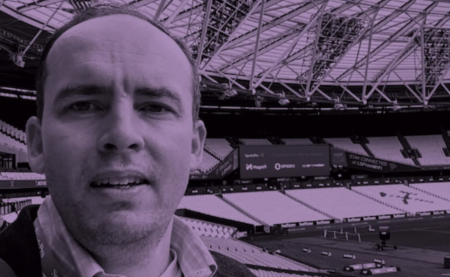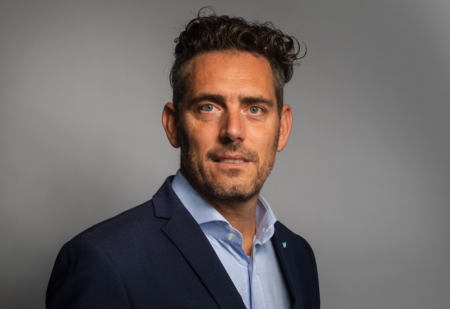Large sites, such as racecourses, make up a significant amount of open space across the UK and are often overlooked for development and investment due to the assumption that they are for a sole demographic and purpose. Often only utilized for racing on 17-25 days of the year, they are also commonly left empty, unused and therefore not generating income for almost 95% of the year.
At the same time, there is an ongoing struggle for urban space in the UK, especially areas that can be dedicated to sports and leisure. As sport begins to move away from being a pursuit reserved exclusively for competitors and established teams, to becoming a community-based leisure activity, localities are crying out for accessible facilities where families, couples and professionals can pursue a hobby or improve their fitness together.
With this in mind, there is a huge opportunity for both racecourses and wider business owners to effectively solve both problems. By capitalizing on the unused land, owners of sports and leisure businesses, local authorities and investors can source much-needed sites, while in turn creating a financially sustainable business plan.
The basis of this idea is underpinned by a fresh take on the mix of facilities that could be offered. For example, the creation of popular leisure facilities such as urban gyms, climbing walls, trampoline venues, skateboard parks, and adventure playgrounds. These kinds of venues are ideal for families and could easily become a wider part of the local community, which in turn can draw in significant grant funding, making them a great investment opportunity.
Sport, leisure and commercial entertainment are also becoming intrinsically linked. Innovative regeneration proposals incorporating racecourses linked to sport and leisure uses follow sustainable design principles to optimize viability and extend the life and vitality of commercial and community sport and leisure destinations.
All of the above concepts align perfectly with Sport England’s current ‘Towards an Active Nation’ strategy. Linking commercial reality with community projects, organizations are actively engaging with developers to discover exemplary projects that have the potential to lead the way. The redevelopment and repurposing of racecourses and strategic land sites could potentially meet this need and enable Sport England to monopolize community activity, opportunities and space, while supporting existing businesses in need.
Part of the work completed by LK2 focusses on assessing sites, like racecourses, which are currently underused but are ‘land rich’, to then investigate how they can be better utilized to the benefit of the wider community. Our team investigates the current use of land, the surrounding demographic and nearby facilities to consider the most tangible use for racecourses in the future; keeping in mind strategies which are being implemented by organizations such as Sport England and the Football Association (FA).
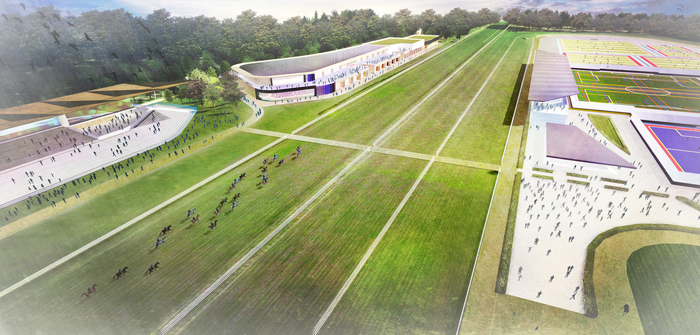
The main draw of incorporating leisure within these developments for racecourse owners is that it could lead to the generation of asset value and rental income stream. Through regeneration, racecourse owners will be handed a long-term business plan which attracts investment that can be ploughed back into the industry.
It’s important to note that the concept of using racecourses for redevelopment is not intended to make horse racing a secondary activity within these facilities. In contrast, the addition of a wider variety of capabilities and attractions has the potential to draw an entirely different demographic. By increasing footfall to sites from these new markets, we would expect to also see an increase in the number of attendees on race days – rejuvenating a pastime, which until now, may be regarded as favored by an older generation.
There is certainly growing interest for these types of redevelopments, especially in out-of-town locations such as racecourses and retail parks. We are certain more and more developers and business owners will be considering how to maximize opportunities of this nature, especially at a time when communities are in need of accessible and reliable sport and leisure facilities.
August 2, 2017


